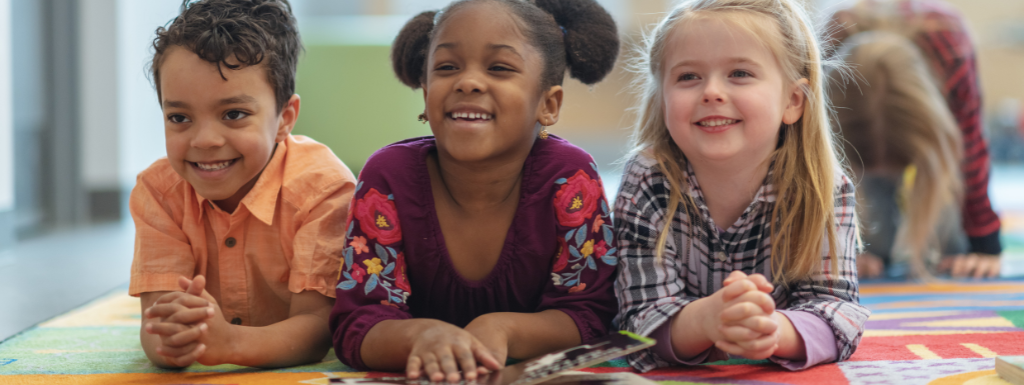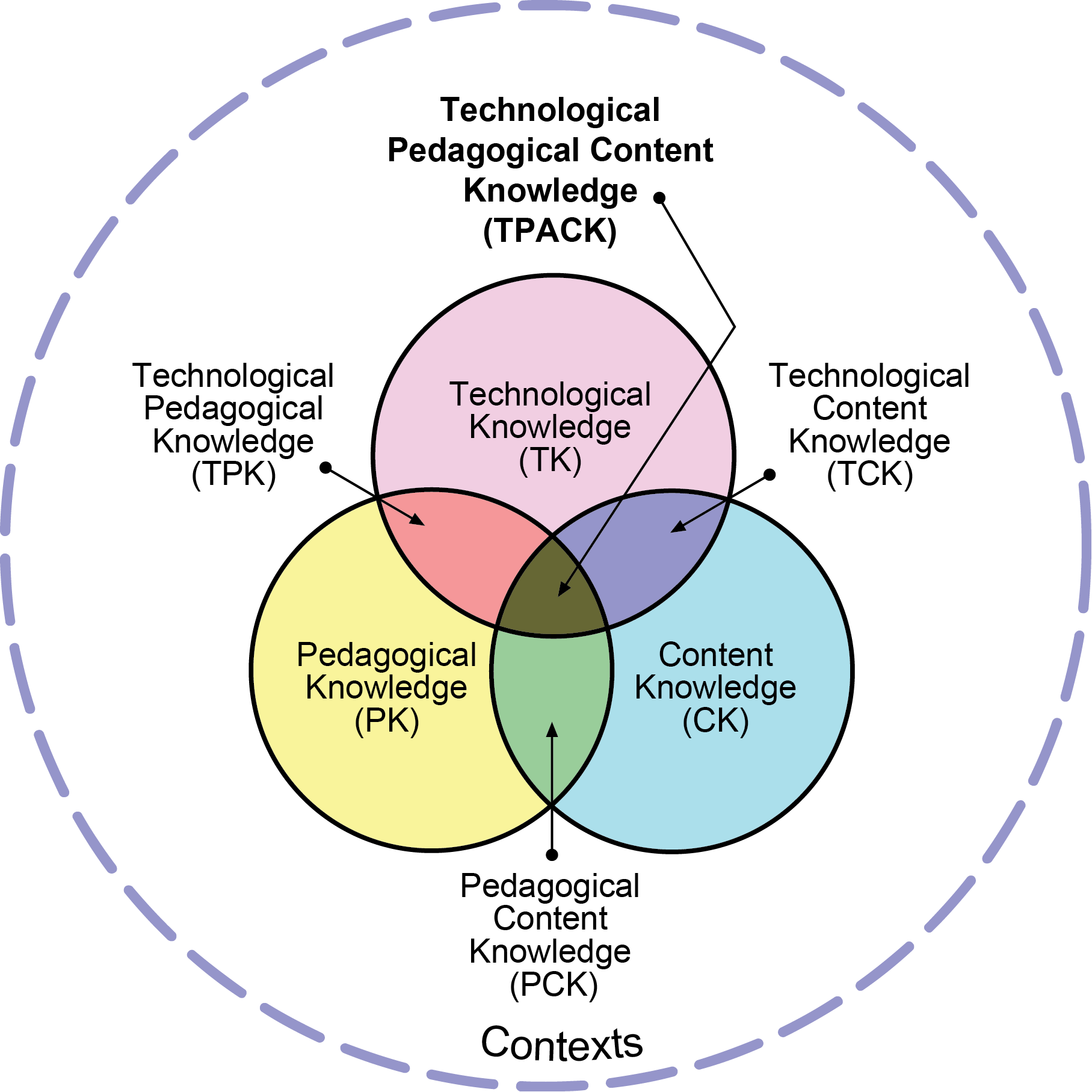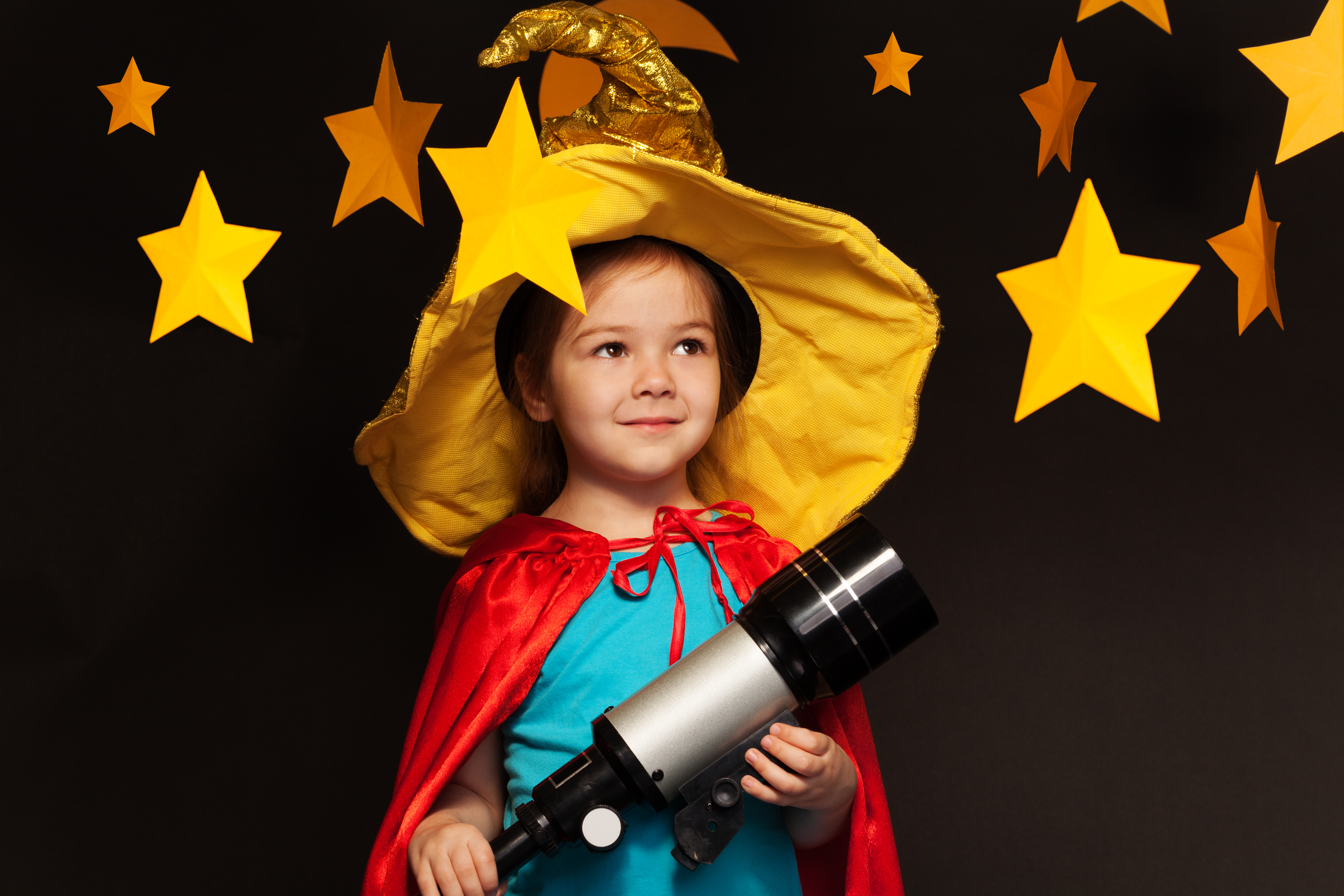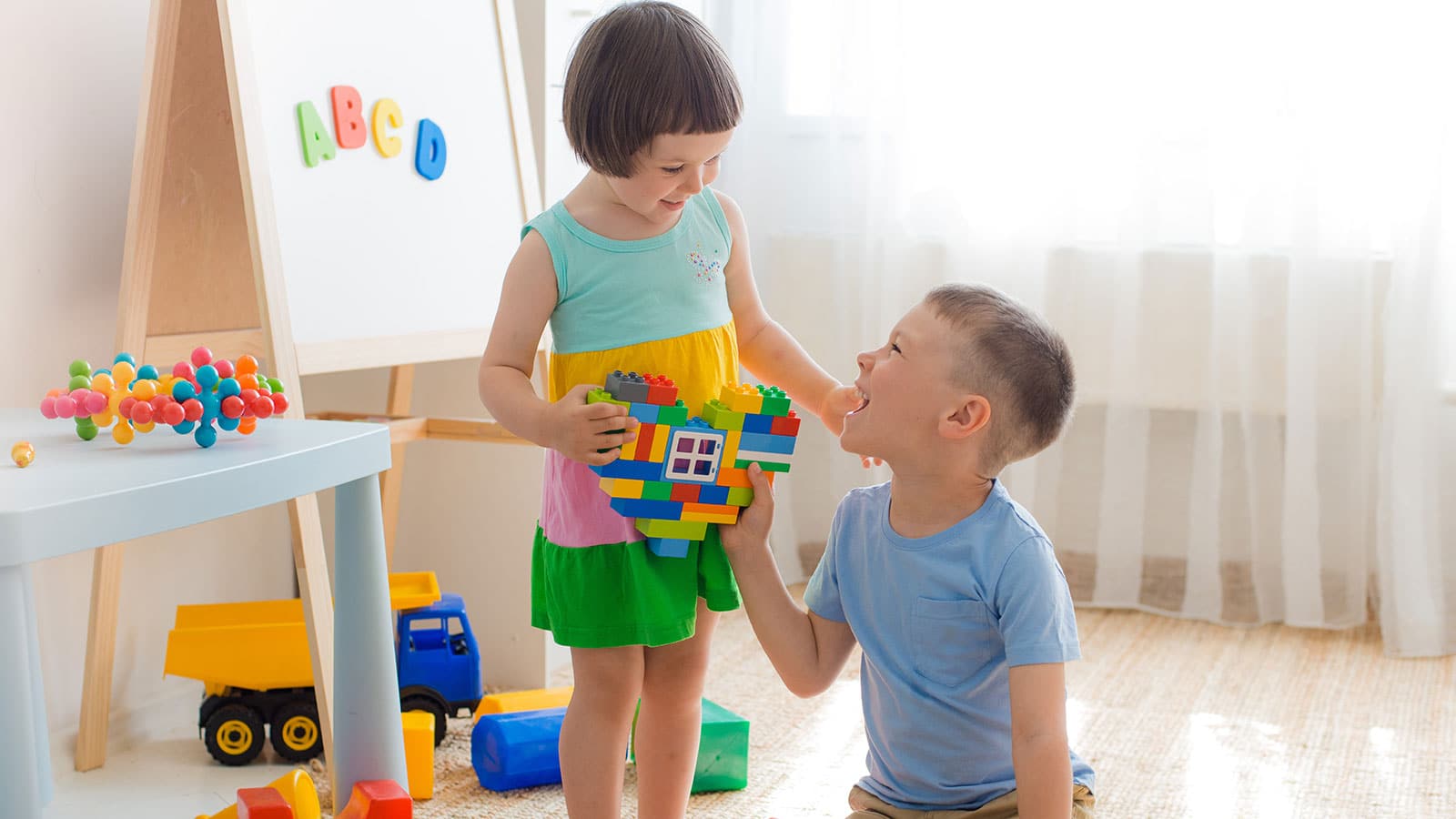-

With the increasing emphasis on the importance of adopting evidence-based, Science of Reading aligned materials to support literacy instruction, it is important for educational leaders to consider the five pillars of literacy and how they are addressed throughout the vast expanse of programs available. -

Almost everyone you know can share a story about a teacher that went above and beyond to make an impact on their life. Teachers give their all daily to help children learn and become successful. Some teachers, however, go above and beyond, choosing to work with populations that need more attention than the average student. Andrew Donnelly is one of those educators. -

The summer months provide children with a break from the daily schedule in the classroom. Children need time to engage in playful activities that pique their curiosity, allow for more freedom, and, especially, provide more hands-on time in the great outdoors. -

It has long been established that in the early childhood classroom, learning is best approached as playful business. And why not? The joyful practice of learning how to assemble healthy meals with pretend food, or the rhythmic expression of acting out the lifecycle of a butterfly presents the opportunity to spark excitement for even the most reluctant of learners. In fact, encouraging our youngest students to develop a lifelong love of learning must be initiated in a fun, carefree way — especially considering their minimal attention spans. Throughout the literature on early childhood education, best practices for learning through play in offline learning environments are well-substantiated. However, in our increasingly digital world, researchers are suggesting it is time we make space for innovation. -

English language learners are an important segment of the early childhood population to consider when designing supplemental instructional tools. The complexities of addressing children’s native languages within curriculum primarily designed for English-speaking students presents teachers with a challenge. However, some supplemental instructional tools can save teachers valuable time, boost confidence and overall feelings of efficacy for children attempting to learn a new language, and further unlock levels of proficiency for English language learners. -

Early childhood leader, Kathy Hollowell-Makle cites a leading reason for her interest in early learning was the fact that time and time again, children were entering DC kindergarten classrooms “unprepared,” even though they had exposure to preschool programs. -

Educators continue working to close learning gaps resulting from school interruptions as they celebrate children’s growth along the way. While many learning programs have helped children make enormous strides in literacy and math, closing the gap in social-emotional learning has proven more difficult.
